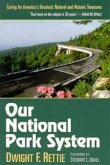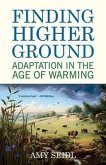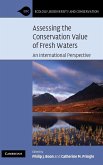Early European descriptions of North America tell about a landscape and a variety of cultures in northeast Florida -- a region that had been occupied by native people for more than 10,000 years -- that were unlike anything the explorers and settlers had ever encountered. This story of the land and people in that region of the St. Johns River and the Atlantic coast covers 18,000 years -- from the Ice Age to the first half of the twentieth century. James Miller describes how natural features and cultural traditions were transformed and influenced by each other. Native Americans as well as Spanish, English, and American colonists developed unique cultural responses to opportunities and constraints of a changing environment. With an unusually broad scope in time, space, and subject matter, he uses the example of northeast Florida to explore the notion of environmental equilibrium, to illustrate the fallacy of a pristine environment, and to show how essential environmental history is to modern ecological planning. Fully illustrated with 25 photographs and 40 maps and written in an accessible style that synthesizes material usually accessible only to specialists, the book will appeal to general readers and policy planners as well as specialists. No comparable environmental history of any Florida region exists.
Hinweis: Dieser Artikel kann nur an eine deutsche Lieferadresse ausgeliefert werden.
Hinweis: Dieser Artikel kann nur an eine deutsche Lieferadresse ausgeliefert werden.








